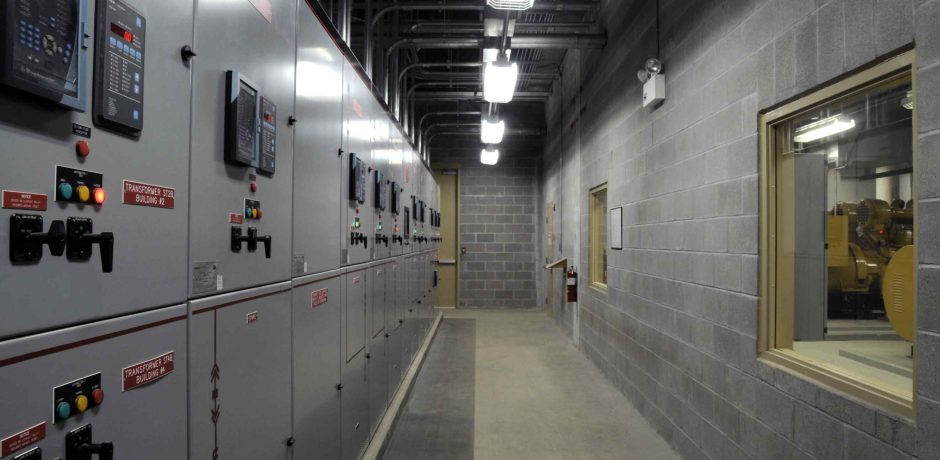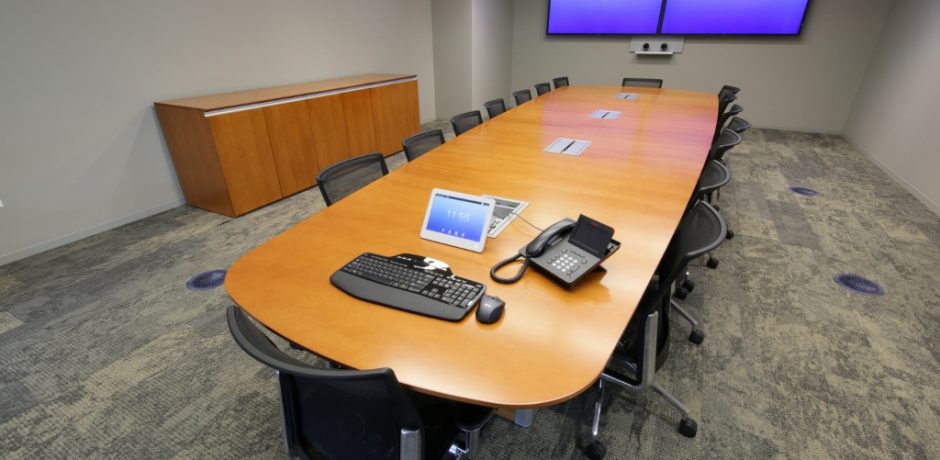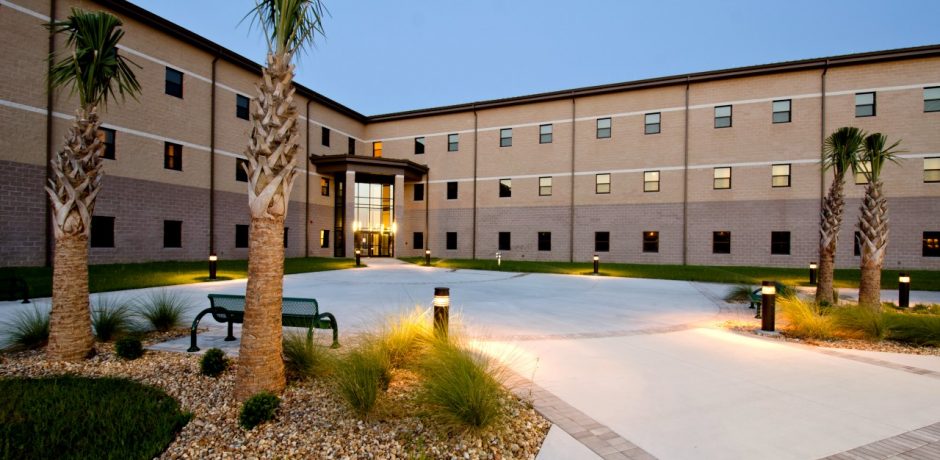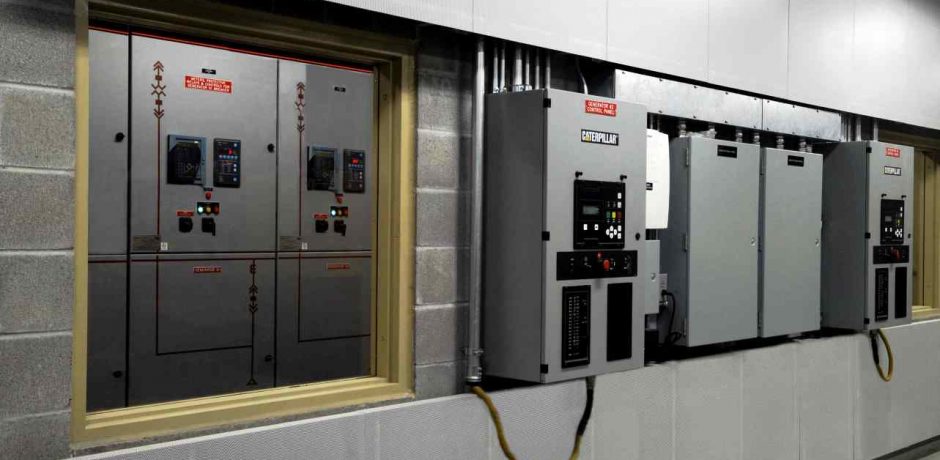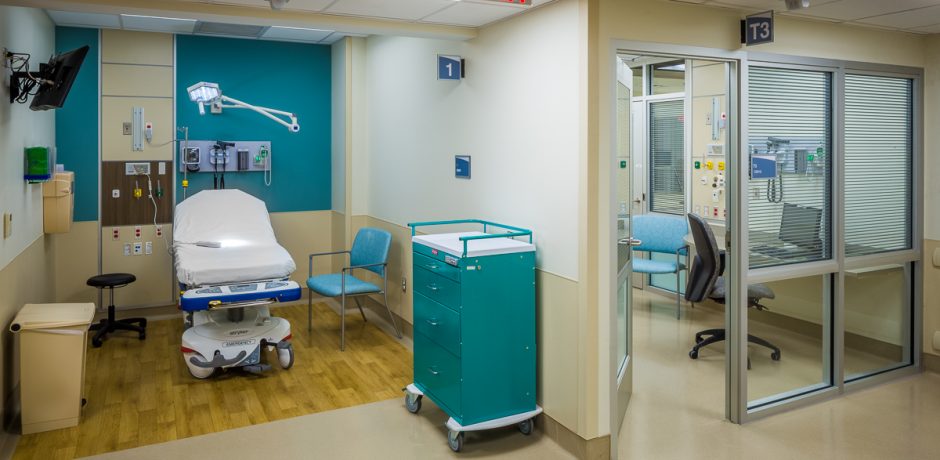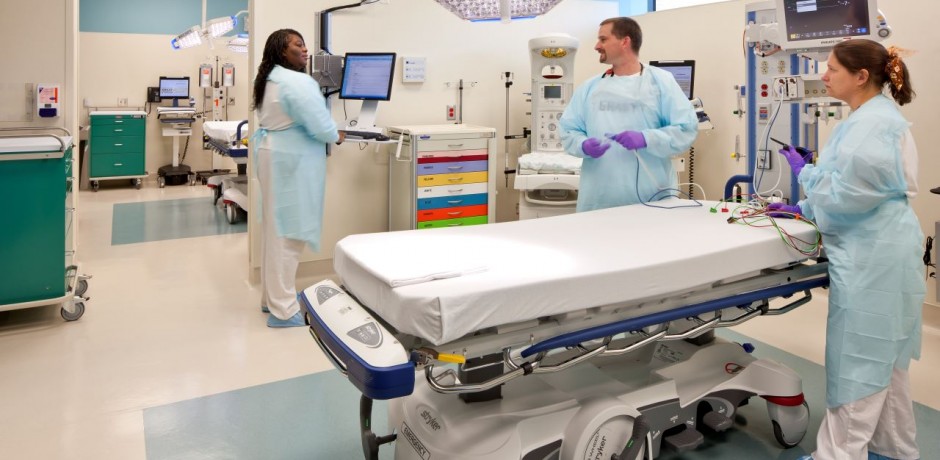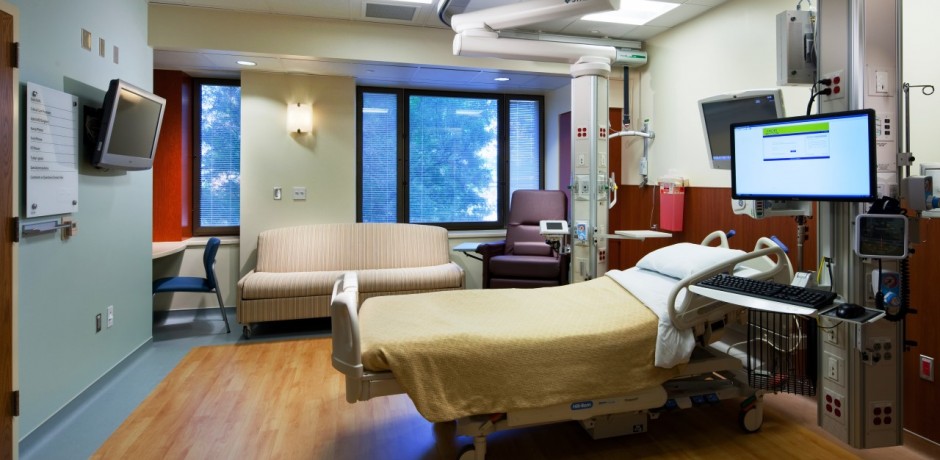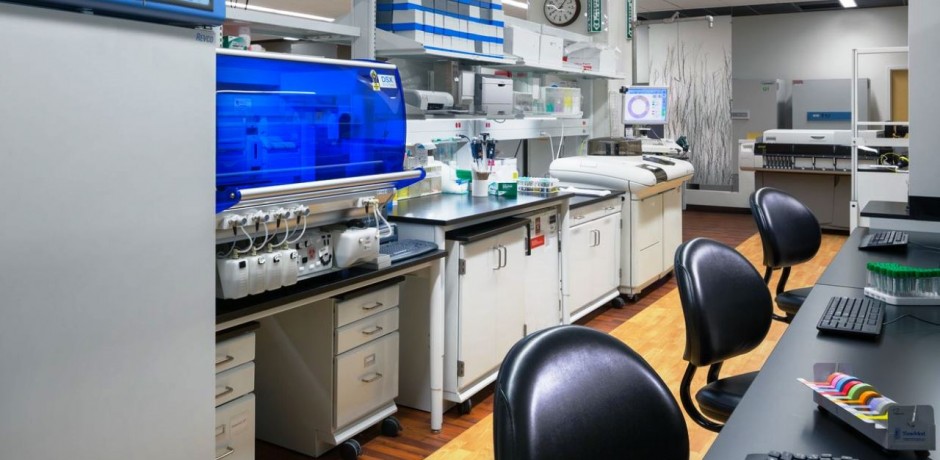Tag: Codes and Standards
If you are responsible for facility electrical operations, you may have heard of the recent updates to IEEE 1584 “IEEE Guide for Performing Arc-Flash Hazard Calculations.” The previous major edition of the standard was in 2002, and many changes have been made in the 2018 version.
more
To prevent the unintended utilization of extension cords and to eliminate daisy-chains of “power strips”, the 2017 version of the National Electrical Code (NEC) now provides guidelines for locations and quantities of receptacles provided in meeting rooms. Historically, the NEC has not dictated receptacle layouts for individual space types in non-residential construction.
Per the NEC, meeting rooms are typically designed or intended for the gathering of seated occupants for such purposes as conferences, deliberations, or similar purposes, where portable electronic equipment is likely to be used. The infographic below helps explain the receptacle and floor box layout process, but Article 210-71 in the 2017 NEC outlines the actual requirements.
Additionally, not all states have yet adopted the 2017 version of the NEC. Find out if the new requirements apply to you here. more
IWBI, the International Well Building Institute, launched WELL Building Standard version 2 pilot (WELL v2) on May 31st, 2018. Under the leadership of Rick Fedrizzi (previously CEO and founding chair of the USGBC from 2001 to 2016), IWBI is working to reduce barriers to entry while maintaining features that distinguish WELL Building Standard version 1 (WELL v1) from other certifications in the market. They are keen to entice and push the existing building market towards WELL. The hope is that with the WELL v2 pilot they can close the gap and target this huge market, increasing the equity of the buildings pursuing WELL. more
The United States Air Force is moving away from LEED certification and is moving to Guiding Principles certification.
Since 2001, new federal facilities have been required to comply with federal sustainable building requirements called the Guiding Principles for Sustainable Federal Buildings (also known simply as Guiding Principles). more
The WELL Building Standard, or WELL, focuses attention solely on the health and wellness of building occupants. WELL was pioneered by Delos, is administered by
International WELL Building Institute (IWBI), and is third-party certified through IWBI’s collaboration with Green Business Certification Inc. (GBCI). more
An electrical hazard analysis identifies dangers that are present in an electrical system. This starts at the building’s electrical service and continues through the electrical distribution system to the building loads, including panelboards, motors, safety switches, etc. This analysis should identify electrocution (shock) hazards, arc flash (burn) hazards and arc blast (pressure & shrapnel) hazards. more
Have you ever wondered what the most frequent citations are during Joint Commission surveys? Speculate no more! The Joint Commission has teamed up with The American Society for Healthcare Engineering (ASHE) to identify the top eight physical environmental standards that are most frequently cited during Joint Commission surveys. Physical Environmental standards include, but are not limited to, fire safety features, egress concerns, and mechanical and electrical system design and operation issues. Citations are made during on-site surveys conducted by The Joint Commission every three years as a part of the process that allows hospitals to maintain their accreditation. more
Health-care design evolves constantly, reflecting improvements and advancements in surgical techniques, equipment (such as MRIs and robotic surgical equipment), clinical practices, hospital design trends, energy efficiency, sustainable design, and other factors. Ventilation for health-care facilities must change to be aligned with the changing needs of health-care facilities design, patients, surgeons, clinical staff, and visitors. more
ANSI/ASHRAE/ASHE Standard 170-2008, Ventilation of Health Care Facilities, can be adopted by authorities for health care facility construction and private national organizations such as the Facilities Guidelines Institute (FGI). In 2010, FGI incorporated Standard 170- 2008 as Part Six of its Guidelines for Design and Construction of Health Care Facilities.1 This includes all addenda, present and future, issued by ASHRAE. The Joint Commission, federal agencies and authorities in 42 states use the Guidelines either as a code or a reference standard when reviewing, approving, and financing projects or when surveying, licensing, certifying or accrediting newly constructed facilities, according to FGI. more
The furor over compliance with United States Pharmacopoeia (USP) General Chapter 797, Pharmaceutical Compounding—Sterile Preparations,1 has somewhat subsided with the Joint Commission for Accreditation of Healthcare Organizations’ decision not to enforce its requirements. As of this writing, at least 10 states require compliance (in whole or in part). However, many facilities may desire to comply now to prepare for future federal, state or industry regulations. Operational modifications are the primary means of compliance, but the pharmacy’s HVAC system also must be evaluated. USP 797 offers some confusing requirements for HVAC system designers, but compliance in an existing facility is not as difficult as it may seem. more

